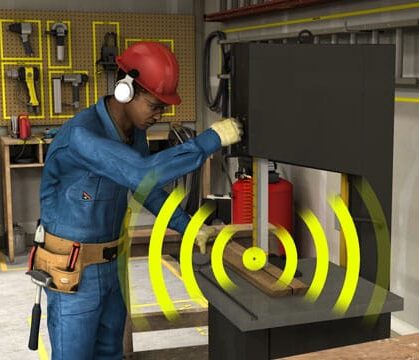Webinar Overview
One of the most important takeaways, when a workplace injury or illness occurs, is identifying what caused the incident, and taking steps to reduce the likeliness of it happening again. Without a proper incident investigation, it becomes difficult to take preventative measures and implement corrective actions.
Attendees will learn:
- The step by step process of a basic incident investigation
- How to document your incident investigation findings
- The ins and outs of OSHA recordable and reportable incidents
- How to fill out and manage OSHA recordkeeping forms
- How to trend and analyze your incident data
- How solutions like EHS management software can help companies to more successfully record, report, and manage employee injuries and illnesses











